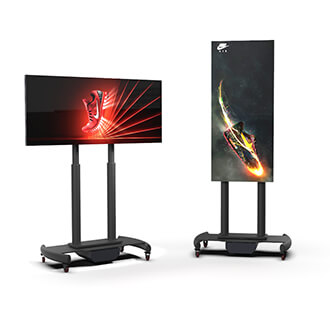qué estás buscando?
Pantalla LED flexible
pantalla led comercial
alquiler de pantalla led
pantalla led creativa
Pantalla LED interior
Pantalla LED al aire libre
FLC serie
serie apolo
leyenda serie flex
Galaxias serie
Serie de cintas
Serie Travi
Serie de cristal
MiniFlex serie
serie de carteles inteligentes
Pantalla LED inteligente Serie Sero
Serie Jade
serie de cristal
Trans-ojos serie
leyenda serie flex
Pantalla LED Raptor Pro
Póster Inteligente
Serie Travi
Serie Raptor
X / XO serie de paneles
x rover plus serie
Galaxias serie
Rubik serie
Serie Y Rover
serie de tira de píxeles
serie de cintas
serie de diamantes
serie de cuadrícula de video
serie de malla




















